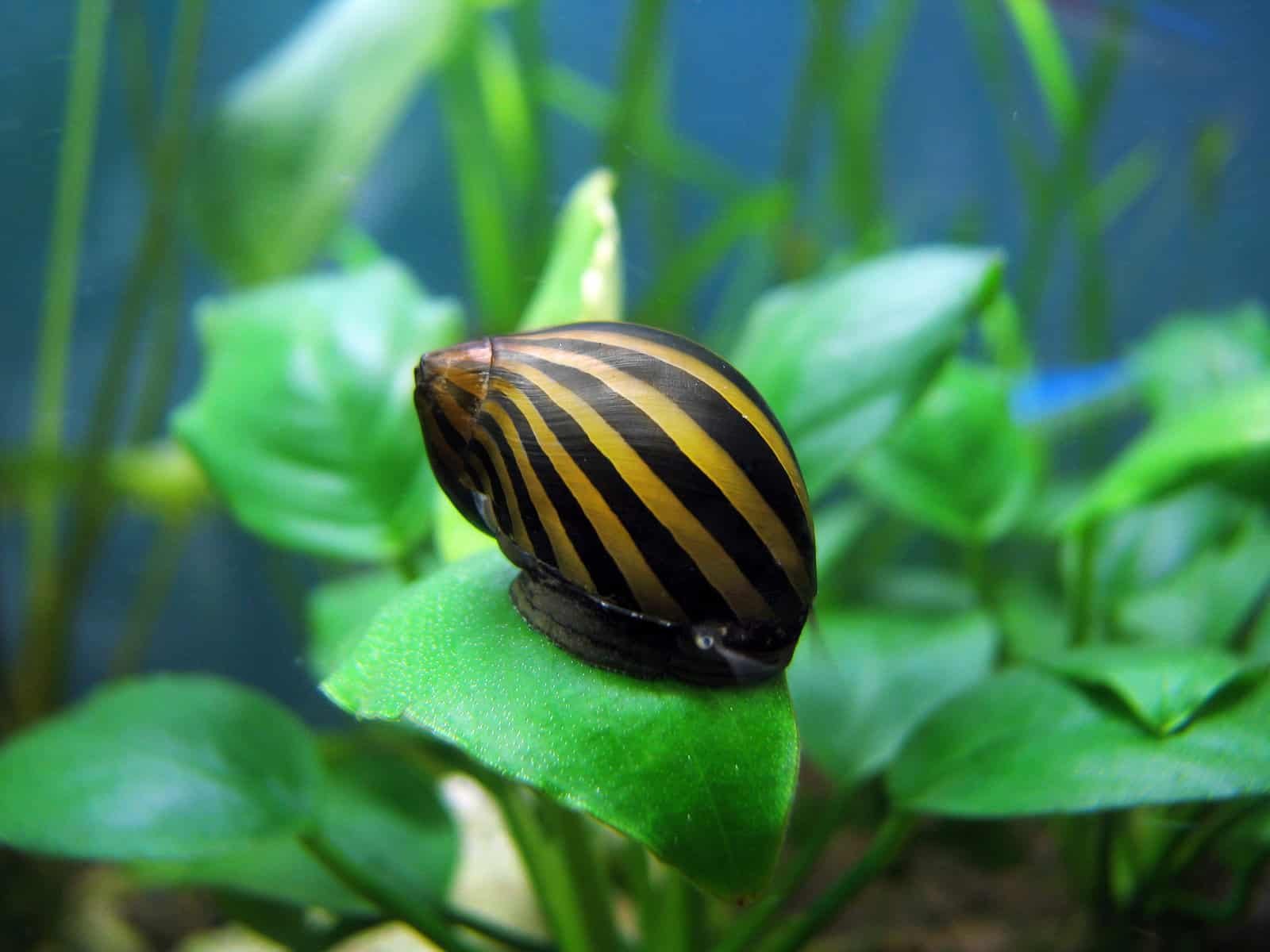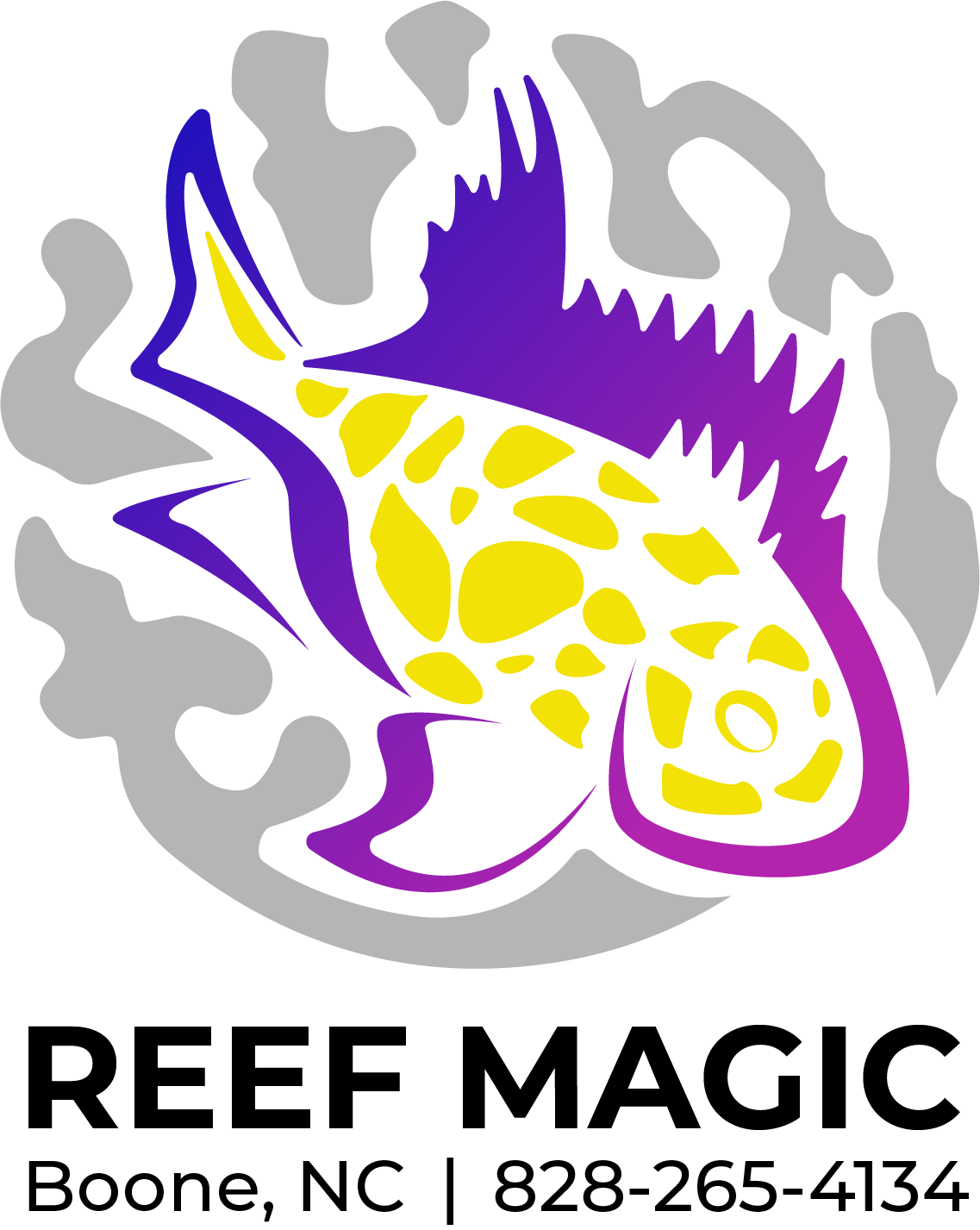 Image 1 of 1
Image 1 of 1


Snail - Nerite (10 pack)
Freshwater Nerite snails are popular aquarium inhabitants known for their ability to consume algae and help keep the tank clean. If you're considering keeping Nerite snails as pets, here are the key requirements to ensure their well-being:
Tank size: Provide a suitable aquarium or tank for your Nerite snails. A minimum tank size of 5 gallons (19 liters) is recommended, but larger tanks are even better, as they provide more stable water conditions.
Water parameters: Maintain stable water conditions to ensure the health of your Nerite snails. The ideal water temperature for Nerites is around 72-78°F (22-26°C). The pH should be in the range of 7.5-8.5, and the water hardness should be moderate to slightly hard (around 6-12 dGH).
Filtration and circulation: Install a good quality filter to keep the water clean and maintain proper circulation. Nerite snails are sensitive to poor water quality, so a reliable filtration system is crucial.
Substrate: Choose a suitable substrate for your tank. Nerite snails do well with sand, fine gravel, or smooth pebbles. Avoid rough or sharp substrates that can damage their delicate foot.
Decor and hiding places: Provide ample hiding places and decorations in the tank. Nerite snails appreciate having rocks, caves, driftwood, or plants to explore and retreat to when needed.
Algae and food source: Nerite snails primarily feed on algae, so it's important to ensure the tank has enough algae growth to sustain them. If the algae is insufficient, supplement their diet with algae wafers or blanched vegetables like zucchini or spinach.
Lighting: Provide appropriate lighting for your tank. Moderate to low light conditions are usually sufficient for Nerite snails. Avoid intense or direct lighting, as it may encourage excessive algae growth or stress the snails.
Water quality and maintenance: Regularly monitor the water parameters, including temperature, pH, and ammonia, nitrite, and nitrate levels. Perform partial water changes (10-20% of the tank volume) every one to two weeks to maintain optimal water quality.
Tankmates: Nerite snails are generally peaceful and can coexist with a variety of fish species and other peaceful invertebrates. However, avoid keeping them with aggressive or nipping fish, as they can harm the snails.
Calcium supplementation: Nerite snails require calcium for shell growth and maintenance. Ensure there is enough calcium in their diet by providing sources like cuttlebone or calcium-rich foods.
Remember to acclimate your Nerite snails properly when introducing them to the tank and avoid sudden changes in water conditions. With the right care and environment, Nerite snails can thrive and contribute to a clean and beautiful aquarium.
Freshwater Nerite snails are popular aquarium inhabitants known for their ability to consume algae and help keep the tank clean. If you're considering keeping Nerite snails as pets, here are the key requirements to ensure their well-being:
Tank size: Provide a suitable aquarium or tank for your Nerite snails. A minimum tank size of 5 gallons (19 liters) is recommended, but larger tanks are even better, as they provide more stable water conditions.
Water parameters: Maintain stable water conditions to ensure the health of your Nerite snails. The ideal water temperature for Nerites is around 72-78°F (22-26°C). The pH should be in the range of 7.5-8.5, and the water hardness should be moderate to slightly hard (around 6-12 dGH).
Filtration and circulation: Install a good quality filter to keep the water clean and maintain proper circulation. Nerite snails are sensitive to poor water quality, so a reliable filtration system is crucial.
Substrate: Choose a suitable substrate for your tank. Nerite snails do well with sand, fine gravel, or smooth pebbles. Avoid rough or sharp substrates that can damage their delicate foot.
Decor and hiding places: Provide ample hiding places and decorations in the tank. Nerite snails appreciate having rocks, caves, driftwood, or plants to explore and retreat to when needed.
Algae and food source: Nerite snails primarily feed on algae, so it's important to ensure the tank has enough algae growth to sustain them. If the algae is insufficient, supplement their diet with algae wafers or blanched vegetables like zucchini or spinach.
Lighting: Provide appropriate lighting for your tank. Moderate to low light conditions are usually sufficient for Nerite snails. Avoid intense or direct lighting, as it may encourage excessive algae growth or stress the snails.
Water quality and maintenance: Regularly monitor the water parameters, including temperature, pH, and ammonia, nitrite, and nitrate levels. Perform partial water changes (10-20% of the tank volume) every one to two weeks to maintain optimal water quality.
Tankmates: Nerite snails are generally peaceful and can coexist with a variety of fish species and other peaceful invertebrates. However, avoid keeping them with aggressive or nipping fish, as they can harm the snails.
Calcium supplementation: Nerite snails require calcium for shell growth and maintenance. Ensure there is enough calcium in their diet by providing sources like cuttlebone or calcium-rich foods.
Remember to acclimate your Nerite snails properly when introducing them to the tank and avoid sudden changes in water conditions. With the right care and environment, Nerite snails can thrive and contribute to a clean and beautiful aquarium.




